Recreational
Flowers
Flower, or bud, is the smokable, trichome-covered part of a female cannabis plant. Flower is the most popular form of cannabis due to its versatility since it can be consumed in a variety of ways, including smoked in a pipe or joint, vaporized in a vaporizer, or incorporated into edibles.
Common Forms of Flower

Loose Flower
Loose flower is buds on their own, not rolled or processed. Purchased in a dispensary, loose flower might come in a jar or sealed bag labeled by strain and weight. Once harvested from the cannabis plant, dried, and cured, flower must still be ground, usually in a cannabis grinder, to make it easier to handle and consume. Once ground, it can be rolled into a joint, packed in a bong bowl, or decarbed and used in homemade edibles.

Pre-Rolls
Another way to buy flower is in pre-rolled joints or pre-rolls. It’s a high-convenience product that saves the consumer having to grind, pack, and roll the joint on their own. Pre-rolls are usually sold in single- to three-pack sizes of about 0.75 grams per joint. Expect to find a broad array of options in our locations. Pre-rolls may also be available adorned with wax and other concentrates inside or out, dipped in cannabis oil, rolled in kief, or all of the above.
Smoking Methods
Joints & Blunts
Joints and blunts are the most commonly utilized methods of smoking. Blunts are joints made from hollowed-out cigars or rolled in cigar tobacco leaves. Blunt can also be slang for an exceptionally fat joint. The grinders, papers, blunt wraps, and crutches can be purchased online or found in local dispensaries. For some, the process of grinding, filling, and rolling is a ritual they enjoy as part of the cannabis experience.
Pipes & Bongs
Pipes are the least fussy method of smoking, making them perfect for travel or discreet use: grind the cannabis, pack it into the bowl, and light up. Most pipes are made of glass, but some are ceramic, metal, wooden, or silicone.
Bongs function similarly in that they offer smokers a readily usable method of indulgence. Consumers need only grind their cannabis, pack the bowl, fill the bong with water or ice, and rip. Bongs come in as many shapes as there are colors under the sun and, just like pipes, the materials range from glass to plastic, ceramics to bamboo, and metal to silicone.
Vaporizers
Vaporizing has become one of the most popular methods for consuming cannabis. Just like joint and blunt materials or pipes and bongs themselves, vaporizers can be purchased online or at any local dispensary. However, while the aforementioned smoking methods involve combustion, vaporizers use a more gentle method of heating to activate cannabinoids. Flower or cannabis concentrate is heated just enough to release its key ingredients in vapor form, which prevents users from inhaling combusted material. Because the devices use just enough heat to vaporize, but not combust, consumers can enjoy all the terpenes and cannabinoids without the tar and carcinogens that can come from combusting plant material and rolling papers.
As vaporizing has gained in popularity, more types of vaporizers have become available. Large tabletop models allow for the most precise selection of temperatures for connoisseurs interested in specific terps and cannabinoids. Vape pens are the most convenient tool though the customization may be lacking. Many choices exist in between.
Concentrates
Concentrates are substances in which the more desirable properties of cannabis, namely cannabinoids and terpenes, have been isolated. There are many cannabis concentrates in a variety of formats and textures. Non-active forms of concentrate need to be heated to experience their effects. Concentrates with active cannabinoids, usually distillate, are infused into edibles, tinctures, and topicals to provide effects without the application of heat.
If you look closely, you may notice tiny hairs that cover the cannabis plant, giving it a crystal-like sheen and sticky feel. These glandular hairs, or trichomes, produce and hold the plant’s cannabinoids and terpenes. Cannabis concentrates isolate and accumulate these compounds from the plant’s trichome glands. In other words, concentrates are packed with everything users love about cannabis. They’re guaranteed to be more potent than flower, thus accounting for their rapid rise in popularity.
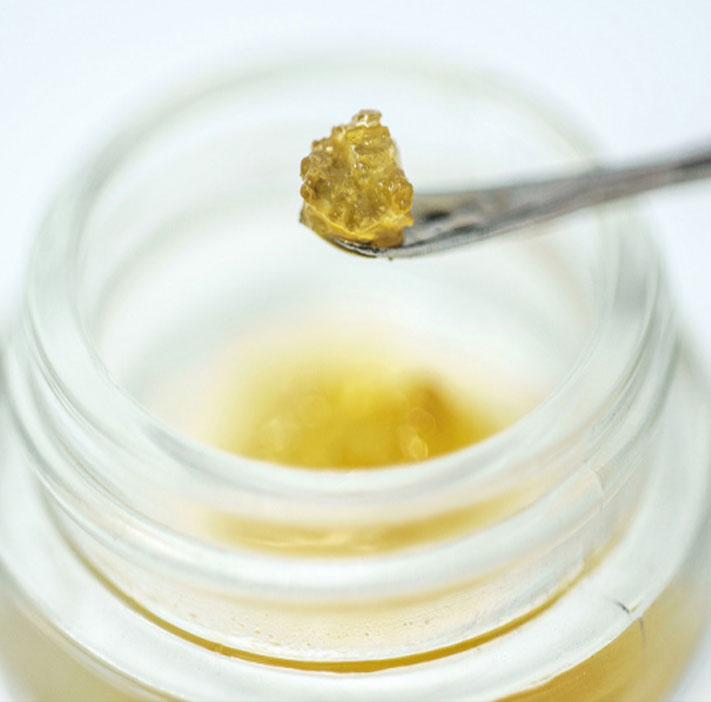
Smoking Methods
Dab
Concentrates can be vaporized using a dab rig. This activity is referred to as “dabbing.” Quickly becoming one of the most popular consumption methods in the market, dabbing offers a potent high and flavor packed experience that makes the most of a plant’s rich terpene profile. A dab rig is a glass pipe, similar to a bong, designed specifically for concentrates. Dab rigs typically include a titanium, quartz, or glass nail that can be thought of as the bowl in the dab rig. Consumers use a butane torch lighter to bring the nail to a temperature that, almost instantly, vaporizes the concentrates.
Vaporizer
Concentrates can also be vaporized using a portable or handheld vaporizer. The market is currently full of dry-herb vaporizers that also offer a wax or dab feature. With a vaporizer, you manually fill a chamber with any type of concentrate and attach the chamber to a battery. The chamber typically contains a heating coil that turns the concentrate into a vapor when the user presses a button. Unlike dab rigs, vaporizers seldom require any additional equipment.
Pre-filled concentrate vape pens have arguably become the most popular form of vaping. A vape pen consists of a pre-filled cartridge that attaches to a battery. The cartridge contains a heating element that comes in contact with the battery and heats the concentrate when activated. This battery-and-cartridge combination is collectively referred to as a vape pen.
Storing Concentrates
Depending on the consistency, concentrates are typically stored in either a glass jar, a silicone jar, or parchment paper. Glass jars usually hold softer concentrates like budder and sauce. They’re generally your best bet for long-term storage. Silicone jars provide easy access and removal for virtually any concentrate consistency, but they don’t usually offer an airtight seal that is good enough for long-term storage. Parchment paper is another short-term storage solution used for solvent-based extracts.
The key to proper concentrate storage is minimizing the outside elements — heat, humidity, and air — all of which will change the texture, potency and taste. Concentrates should be stored in a cool, dark place. Concentrate containers should always be as small as possible to minimize excess air. Short-term storage typically doesn’t require more than a room temperature setting. For long-term storage, make sure to use an airtight container, and consider storing in the refrigerator or freezer. Freezing concentrates has its risks. Most commonly, frozen concentrates, when not adequately sealed, may accumulate moisture and become harsh when dabbed. But with the proper container, you’ll be able to minimize the risk of moisture contamination.
Edibles
Marijuana edibles can be brownies, cookies, pasta, and more. Any recipe that calls for butter or oil can be readily infused with cannabis. Edible cannabinoids are processed differently than inhaled cannabinoids. When weed is ingested, cannabinoids enter the bloodstream through the stomach and liver, which increases potency and delays the onset of effects. This process also lengthens the intoxicating effects, sometimes causing them to last from four to six hours.
In today’s cannabis culture, it is still very common for people to use weed to make their own edibles. But for those who live in a place where cannabis is legal, it’s much more common to simply purchase edibles from a local dispensary, where a wide range of edible products and dosages can be found.
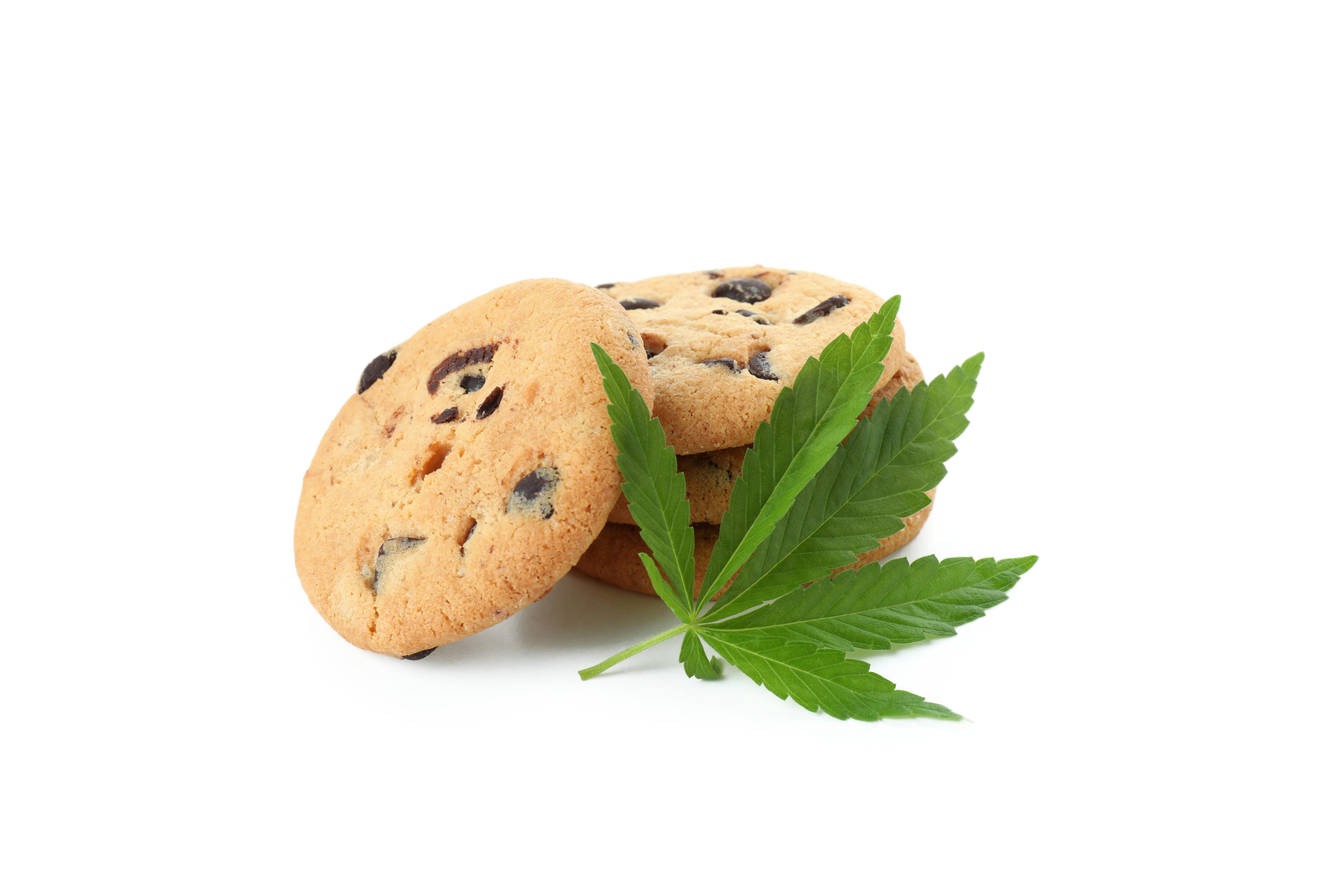
The types of edibles at Levels include:
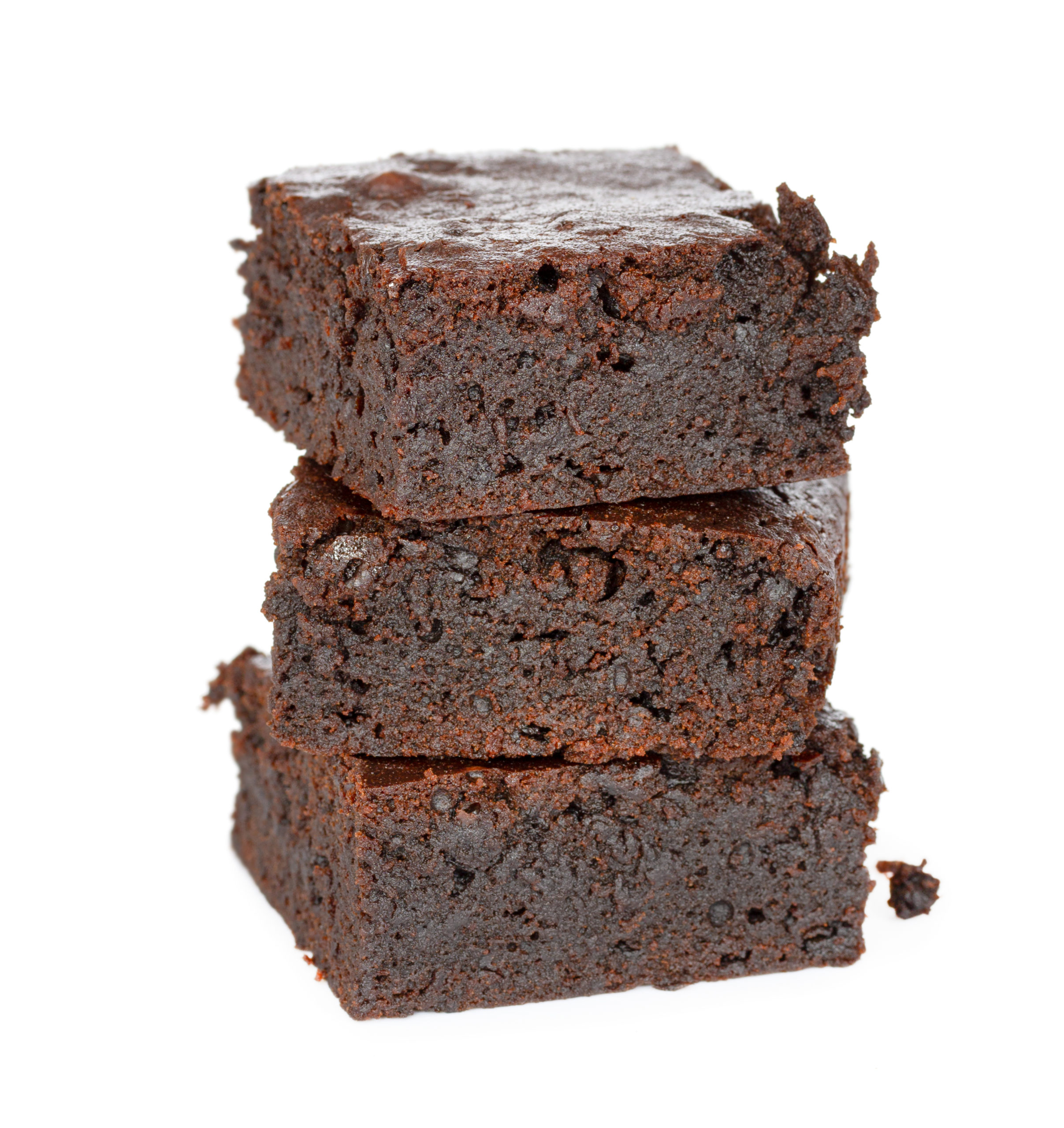
Brownies
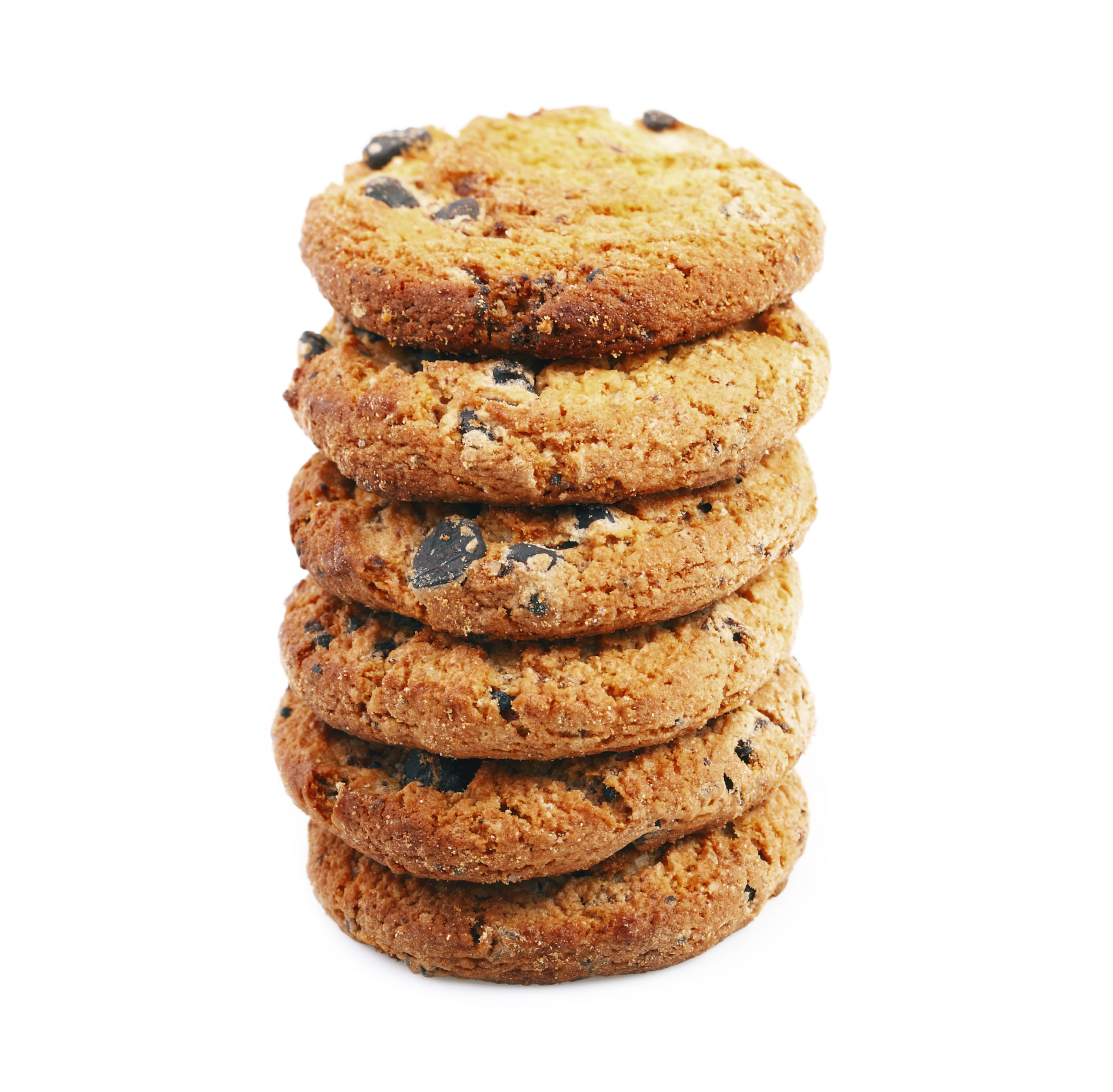
Cookies
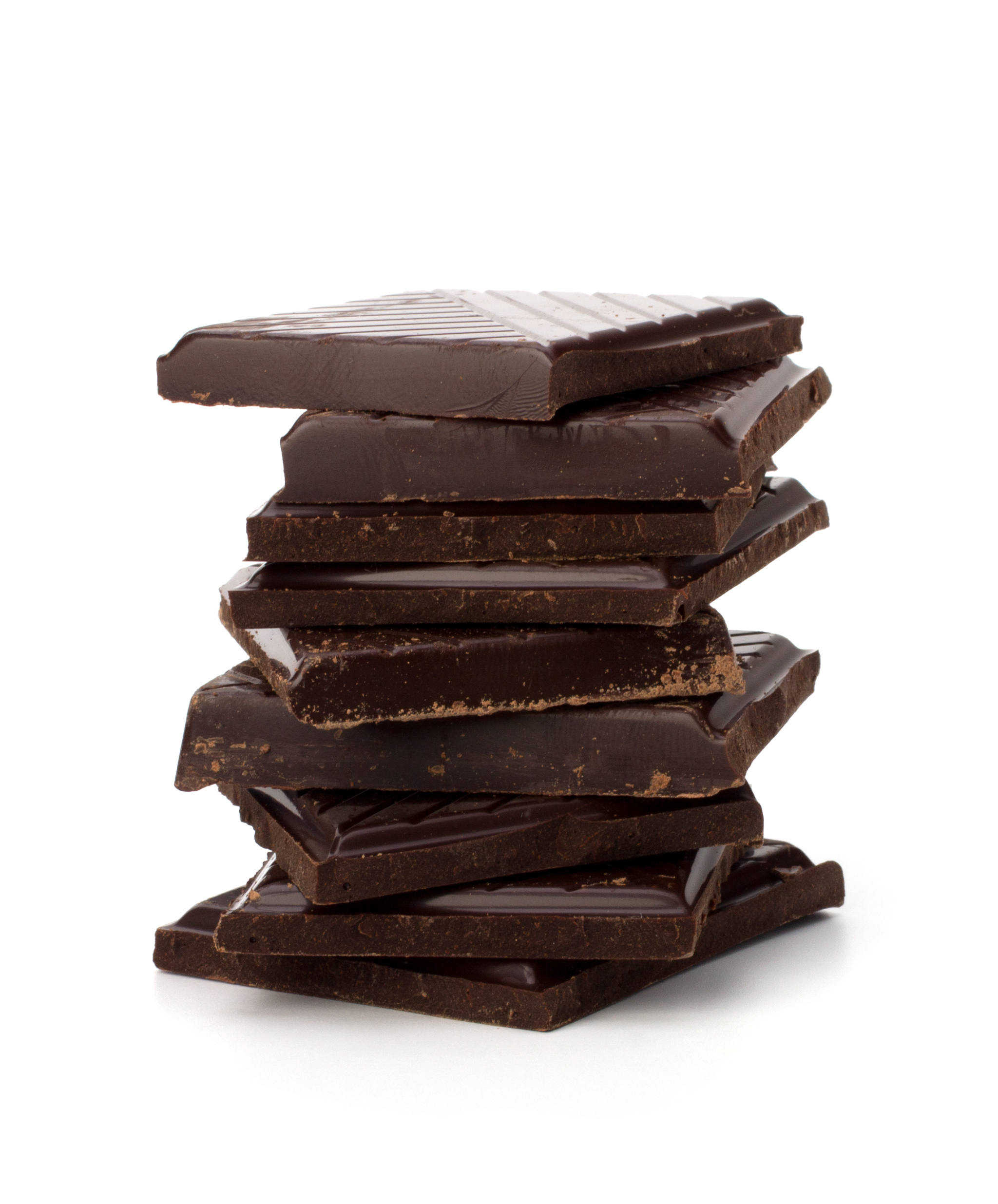
Candy bars
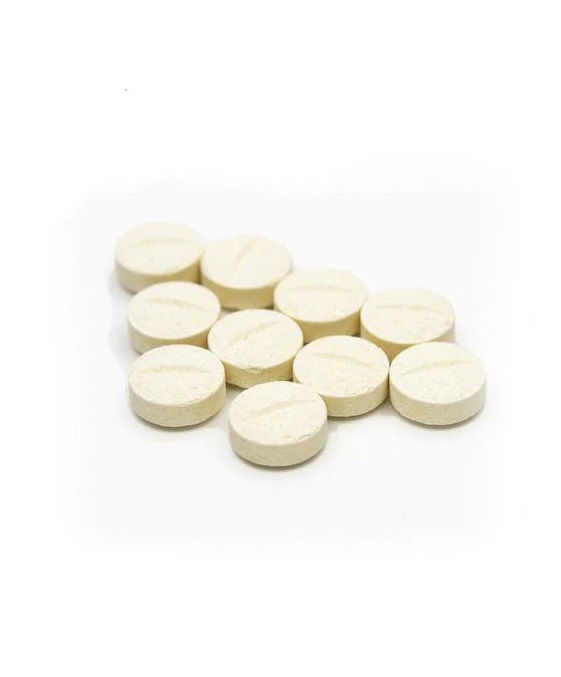
Mints
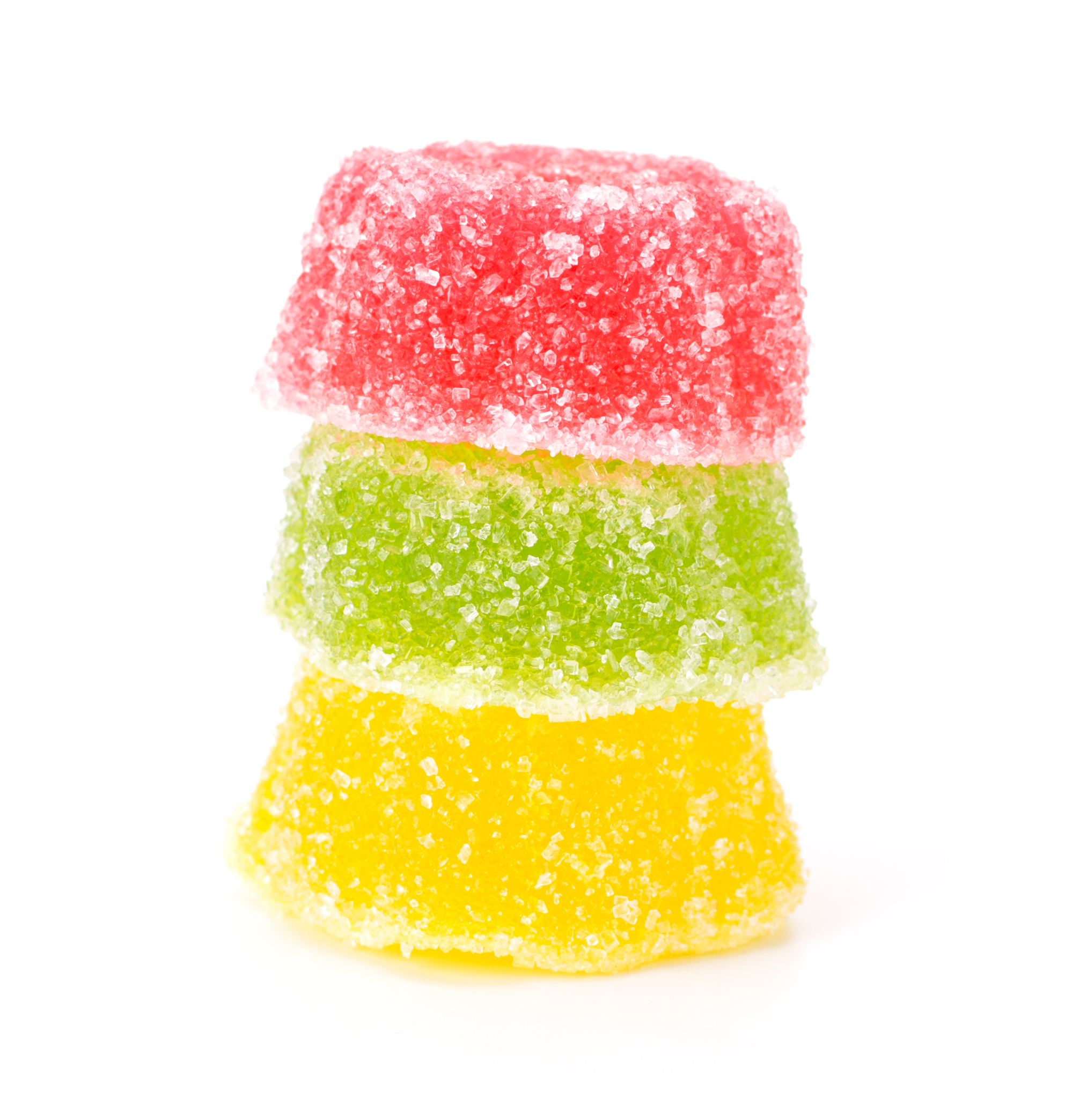
Gummies
Edibles are enjoyed for a multitude of reasons, such as avoiding the inhalation of particulate matter or seeking a specific level of potency maintained over a longer period of time. Further benefits include:
- Precise dosage
- Control over ingredients
- Avoiding pollen and other plant particulate matter
- Discretion
- Longer-lasting effects
Edible Ingestion
The ingestion of edibles is a two-edged sword. As noted above, eating cannabis offers users a variety of benefits, but it can also adversely affect consumers. Ingested cannabis is absorbed through the digestive system, which means that its intoxicating effects may take hours to set in, and even more time to pass through the body. Another aspect is finding the right dose. Dosing edibles correctly can require trial and error, even if users are accustomed to smoking or vaping cannabis. Weight, gender, age, genetics, and more can affect how your body metabolizes cannabinoids. Everyone is different.
Edibles enter the body through the mouth and are absorbed through the stomach for metabolization in the liver. The liver turns delta-9-THC into 11-hydroxy-THC, which is more potent, has a longer half-life in the body, and can convey sedative effects. The stronger form of THC is also particularly effective at crossing the blood-brain barrier, which results in stronger potency and longer-lasting effects. The mechanism in the liver that converts THC into 11-hydroxy-THC is chiefly responsible for the varying effects of edibles.
Edible High
Edibles are often associated with very intense highs. There are two key reasons for this.
- People eat more than they realize. Because edibles are processed through the digestive system, it takes longer for the effects of an edible to set in. Very often, as people wait to feel something, they assume that they simply haven’t eaten enough and they continue eating. By the time the effects finally hit them, they’ve consumed way too much and find themselves feeling much higher than they expected.
- Edibles take longer to metabolize. As a result, the effects produced by an edible last much longer than the effects produced by smoking or vaporizing cannabis. This extended time period helps create a much more intense experience than the faster-acting, shorter-lasting effects of smoking or vaping.
Vaporizer
The simplest vaporizer definition is any device that utilizes heat to vaporize the active molecules in cannabis flowers and concentrates. Though most are handheld, vaporizers come in all shapes and sizes despite fundamentally identical makeups. Cannabis flowers, cannabis oil, concentrates, and extracts can all be vaporized to consume their activated cannabinoids following vaporization. Vaporization provides a less harmful alternative to smoking, as it occurs at temperatures that do not allow the cannabis flower to combust, which releases harmful tar and carcinogens.
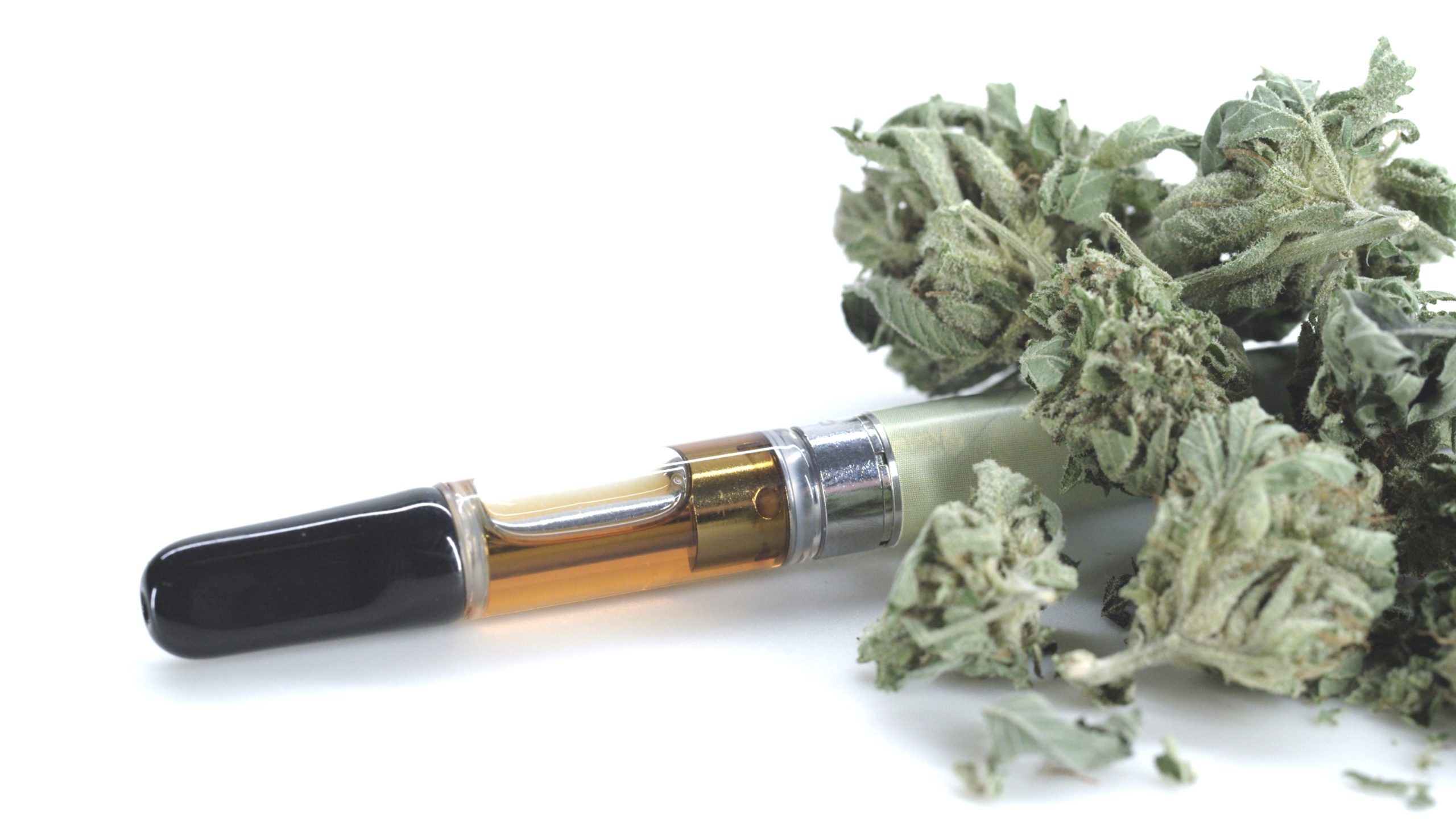
What is a marijuana vaporizer?
A marijuana vaporizer is a device that uses a heating element to bring some form of cannabis—whether flower or concentrate—to the vaporization point, instead of the combustion point. There are two main types of vaporizers: a dry herb vaporizer lets you pack flower into the chamber, while other vaporizers use concentrates, typically in the form of a pre-filled cartridge.
How do marijuana vaporizers work?
The basic concept and function of a vaporizer is the same regardless of whether a marijuana vaporizer uses flower or concentrates. A battery provides power to a heating element, which heats either a small chamber full of herb or a cartridge filled with concentrate. The heating element generates enough heat to vaporize either the flower or the concentrate and the vapor is then inhaled through the mouthpiece.
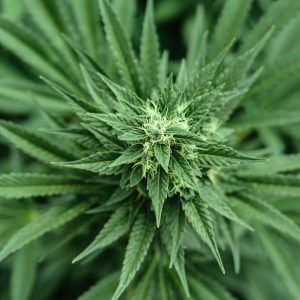
High CBD
Practically doesn’t contain THC, but has a psychoactive potential. It relaxes.
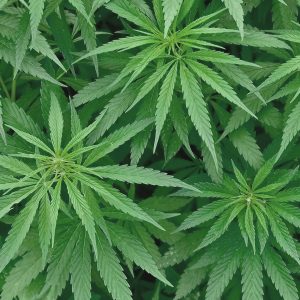
Sativa
A plant with narrow leaves. Affects thinking and perception, stimulates physical activity. Good for eating during the day.
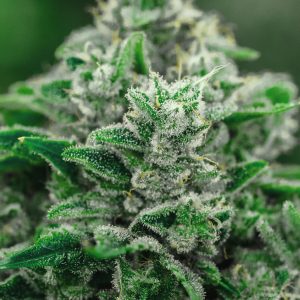
Hybrid
A mixture of Sativa and Indica. Depending on proportions it is suitable for day and evening use.
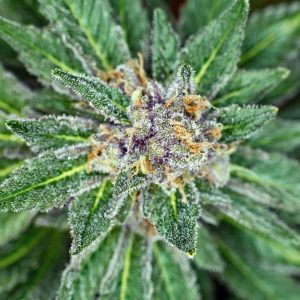
Indica
Shrub with large, closely spaced leaves. Immobilizes and relaxes, develops creativity. More suitable for evening use.
